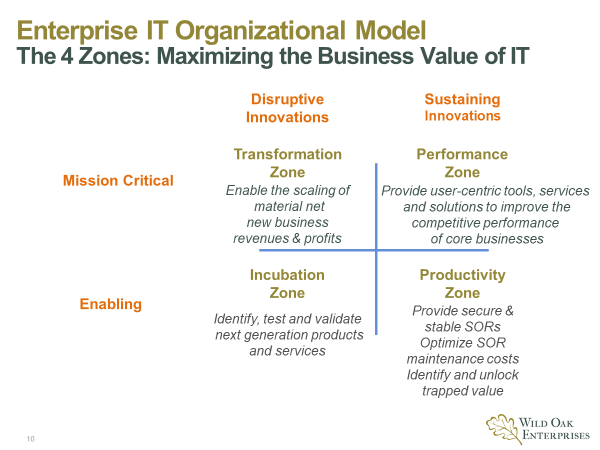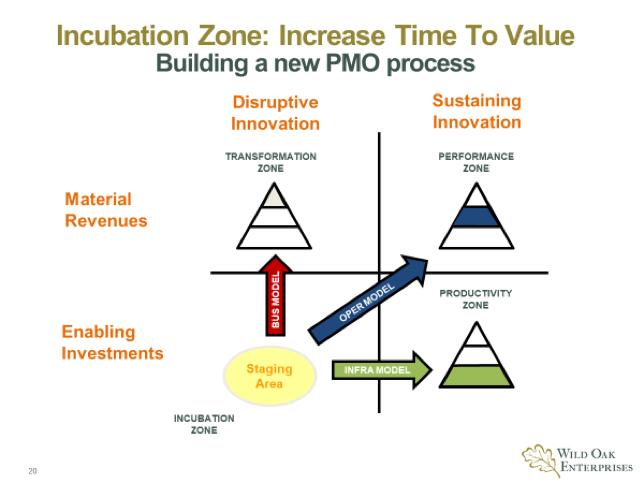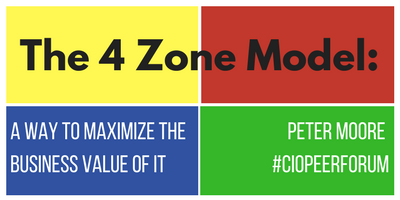By: Dineyar Buhariwala
In the new digital world, business innovation is the new competitive imperative. Not all innovations are disruptive, even if they are revolutionary. Disruptive innovations tend to be produced by outsiders and entrepreneurs, rather than existing market-leading companies. The business environment of market leaders does not allow them to pursue disruptive innovations when they first arise, because they are not profitable enough at first and because their development can take scarce resources away from sustaining innovations (which are needed to compete against current competition).
The current business landscape has seen unprecedented levels of disruption by new digital technologies that have forced companies to fundamentally change the way they engage with their employees, customers, supply chain partners and other key constituents.
Key findings from a recent 2018 CIO Survey states
73% of CIOs said they were struggling to strike the right balance between operational excellence and business innovation”
88% of CIOs said that juggling transformational and functional responsibilities has become a permanent job requirement, not a short-term challenge
2016 Global CEO study delivered some very compelling evidence of how important it is for companies to leverage business innovation for their competitive advantage.
80% CEOs are concerned that their existing products and services may not be relevant in 3 to 5 years’ time’ and
70% CEOs said it’s important to specifically include innovation in their business strategies and also believe their organizations’ cultures do not encourage risk-taking and safe-to-fail environments.
In the new digital world, data is the new competitive currency. Companies that downplay the disruptive impact of digital technology on their competitive performance do so at their peril.
A recent HBS study documented that “leading digital companies outperform that organizations that have not adopted a digital-first business growth strategy”.
Peter Moore from Wild Oak Enterprises has constructed a 4-Zone Model framework. This framework helps senior leadership teams to organize and prioritize work of IT to deliver maximum business value across the organization. Early results of the 4-Zone Model (as shown below) has shown significant impact to revenues and profits.

CIOs and their senior leadership teams that have adopted the 4-Zone Model framework have seen:
- Higher percentage of IT resources allocated to change-the-business outcomes
- Significant increase in time-to-value and throughput for all technology development initiatives
- Strong alignment between future IT investment priorities and critical business outcomes
- Increased ROI from the portfolio of IT Innovation Investments
- More impactful presence at the business strategy table
Productivity Zone:
IT must provide secure and stable systems of record that are compliant with industry standards and regulations. To increase the value of IT within their organizations, CIOs and their leadership teams have deployed the ‘Trapped Value Audit’ to identify and unlock value trapped in their legacy systems of record that can be redeployed to create new systems of engagement and systems of intelligence.
Trapped Value in an organization could be within In-house data centers, network bottlenecks, antiquated processes etc. Some existing systems could be retired or outsourced or modernized. Most important point – Never give back the Trapped Value to the CFO, but rather redeploy the trapped value against critical new digital investment priorities.
Performance Zone:
CIO should demonstrate the business value of technology as a source of competitive differentiation for the core businesses within the company. And align future technology investment priorities with critical business outcomes.
From the diagram below, all 3 paths create positive returns and should attain the following desired outcomes:

With this approach, the incubation zone is used as a staging area to prioritize all business innovation initiatives. Instead of using resource capacity and budgeting constraints to make prioritization decisions, we should deploy the following 3 questions:
- Should we do it? Does it align with and support critical business outcomes?
- Can we do it? Do we have the relevant skills, capabilities and tools to achieve the desired outcome?
- Did we do it? Do we have the right metrics to measure the achieved outcome vs. the desir3ed outcome?
This new approach moves project prioritization decisions from a budget exercise to a business value creation exercise that leverages business innovation as the new competitive imperative.
For those of you interested in learning more about the 4-Zone Model framework and toolset, you can go to Peter’s website at www.woellc.com.
Authored by: Dineyar Buhariwala, Ex-CTO of Canadian Direct Insurance. Technology enabler and create organizational infrastructures to create high growth scenarios. Volunteer for The Canadian MATH Challengers’ Society. Love swimming and snorkeling.
